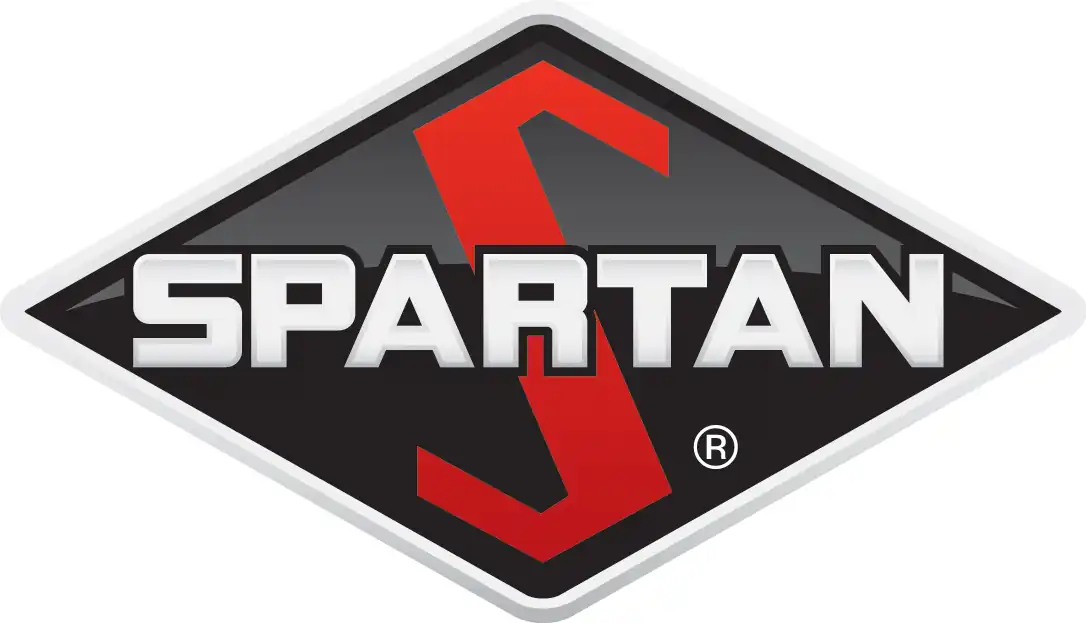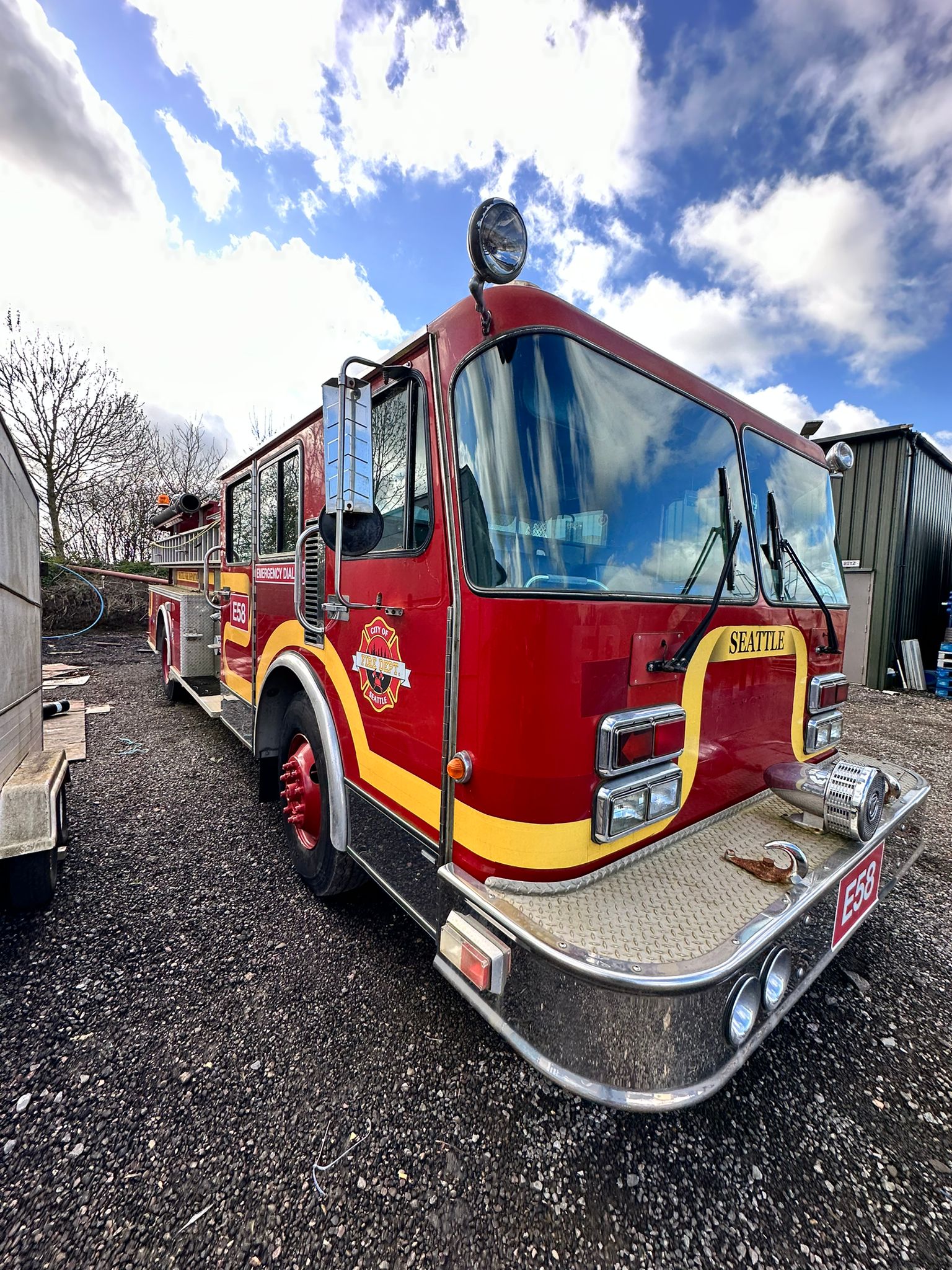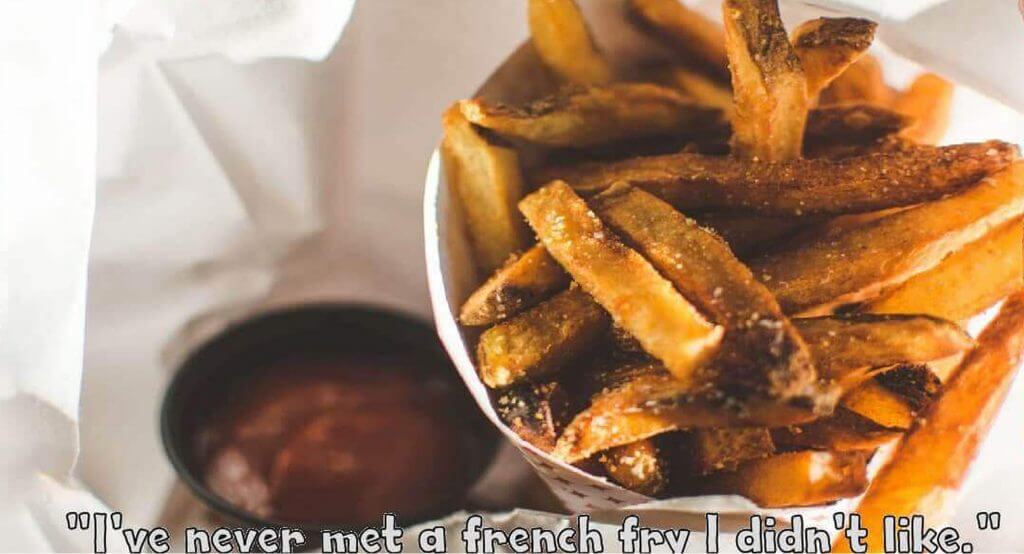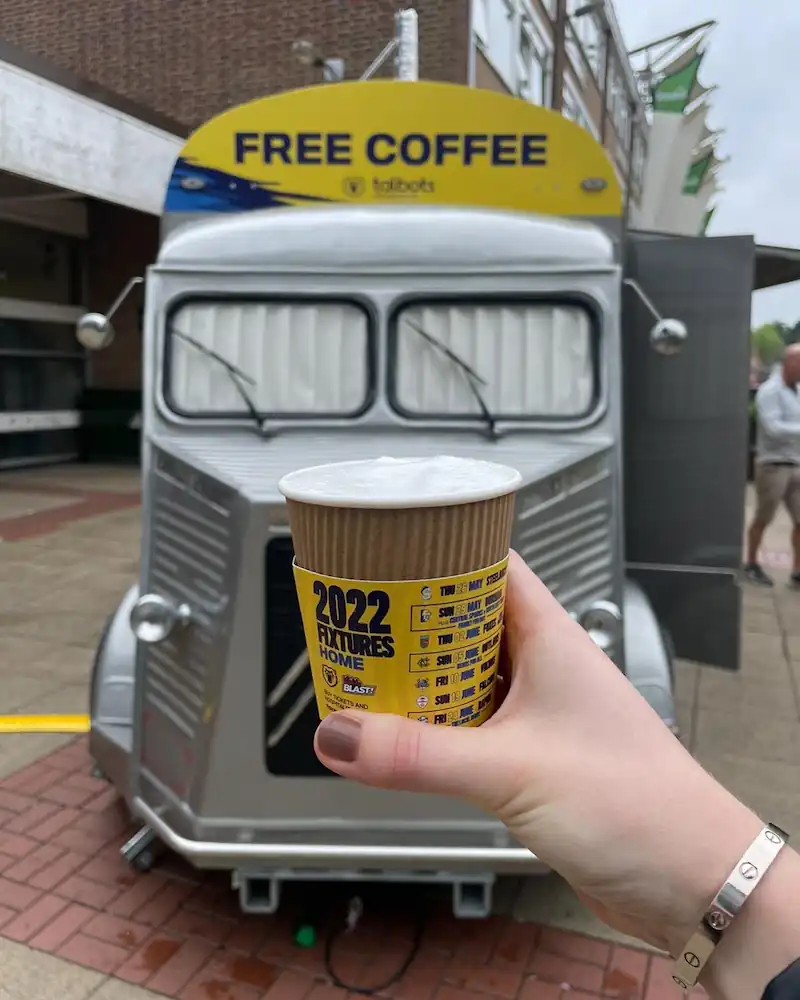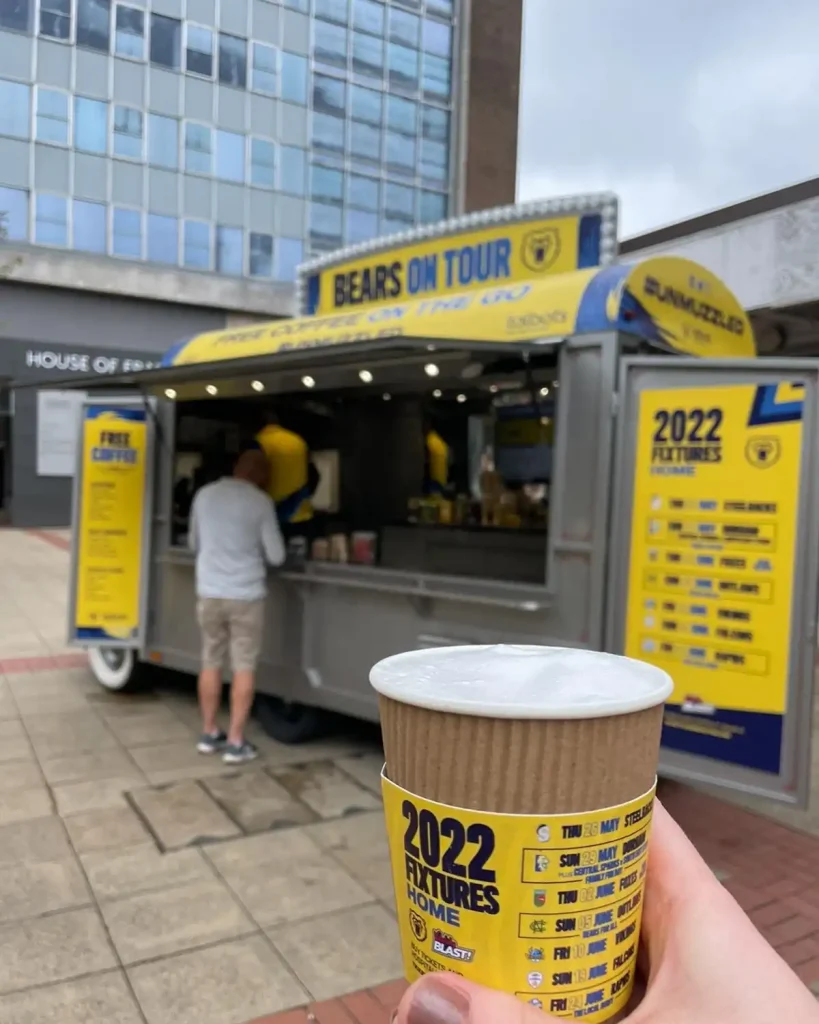Formally known as Jake’s Wayback Burgers, the chain was launched in 1991 in Delaware. Additional locations were opened, until the beginning of franchising started in 2000. By 2013 the chain began an international expansion into 28 other countries.
By 2016 the chain counted 95 locations in the US, with international outlets bringing the total upto 133 stores.
The chain stands out amongst other similar offerings with some of its weird and even controversial offerings.
Bug Powder Milk Shakes
In 2015 the chain offered ‘protein milkshakes’ made using powder derived from crickets. Not as strange an idea as it sounds at first glance, many nutritional experts claim that insects are not only high in protein, but could provide the answer to feeding the world’s population in the future. Their Oreo Mud Pie milkshake contained 24 grams of protein from the blended cricket.
The Royal Silencer
Everyone has an opinion about Prince Harry, you know the one, James Hewitts boy. I haven’t read his biography, but the excerpts I have seen, he seems rather bitter and sad.
Wayback burgers brought a special out to commemorate the release of his book, you know, Heir and the Spare. They sold their usual two patty burger, with an additional ‘spare’ burger added, and remarked that the Royal Family could do worse than sit down with a burger and bury the hatchett.
Thee Mustang Burger
This one is a doozy. I have wrote before about the time a company had to stop selling its 1/3 pound burger, because people thought it was smaller than a 1/4 pounder because obviously 3 is a smaller number than 4.
This time they held a competition for their customers to get the naming rights to a burger special. This time the gentleman who won drove a Mustang car, so he called the burger a Mustang burger.
All good right? Well not exactly. Seems that any burger called Mustang, had to be made from wild mustang horses. Right, it is so obvious. It led to calls for boycotts of the Wayback stores till they mended their evil horse selling ways.
Ultimately it led to the chain withdrawing the name and issuing an apology on Facebook.
The Triple Triple Challange
Their next entry in the Wayback hall of fame, was a special one day challenge. Whoever could eat their triple triple burger the fastest would win the prize pot of $3,300. Just look at it, one commentator wondered if it was possibly a secret plan to curb world population growth.
Kim Kardashian Free Burgers
They offered the celeb free burgers and milk shakes for the duration of her pregnancy. I don’t know if she actually took them up on this, but hey, the offer was there.

